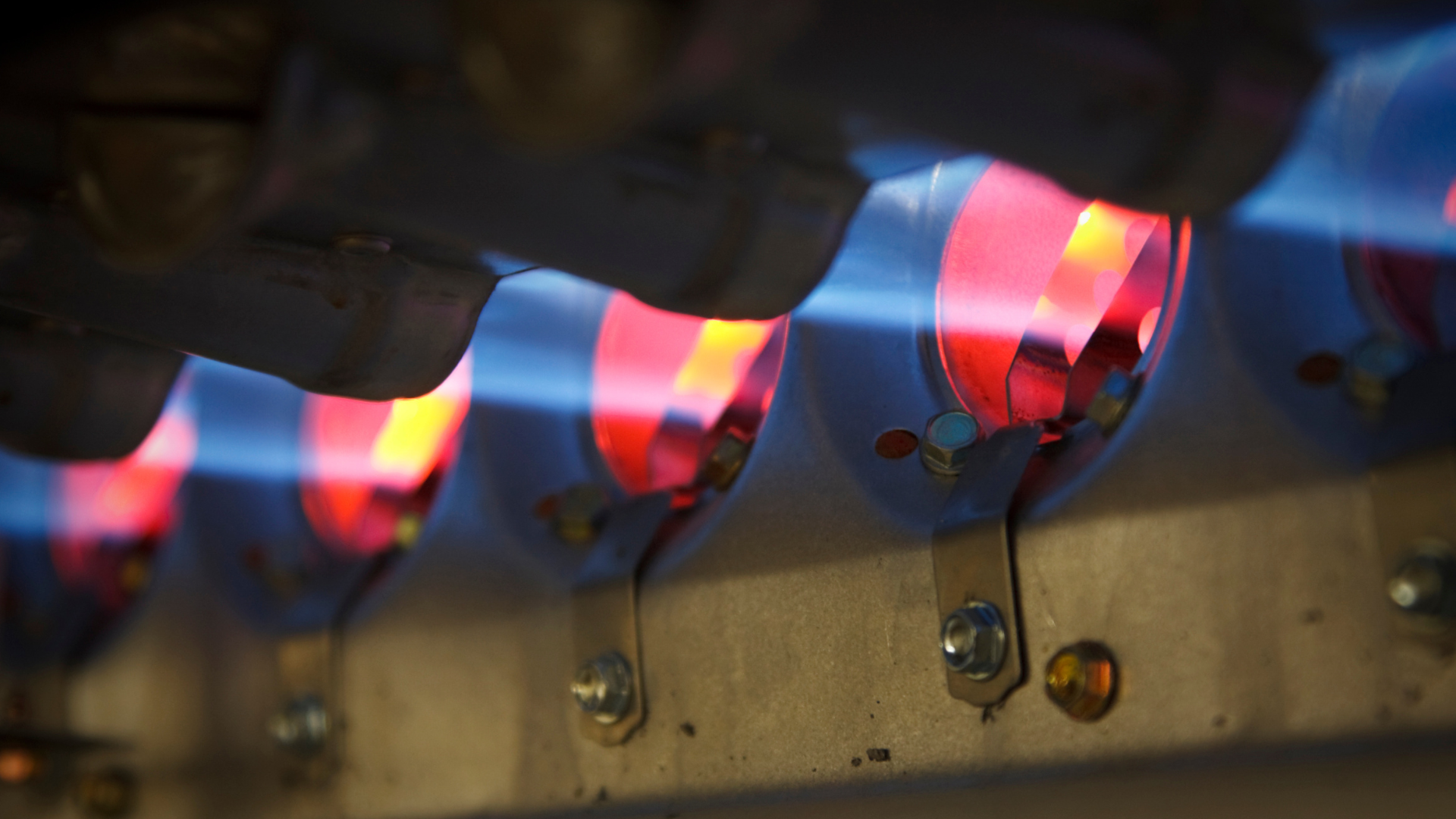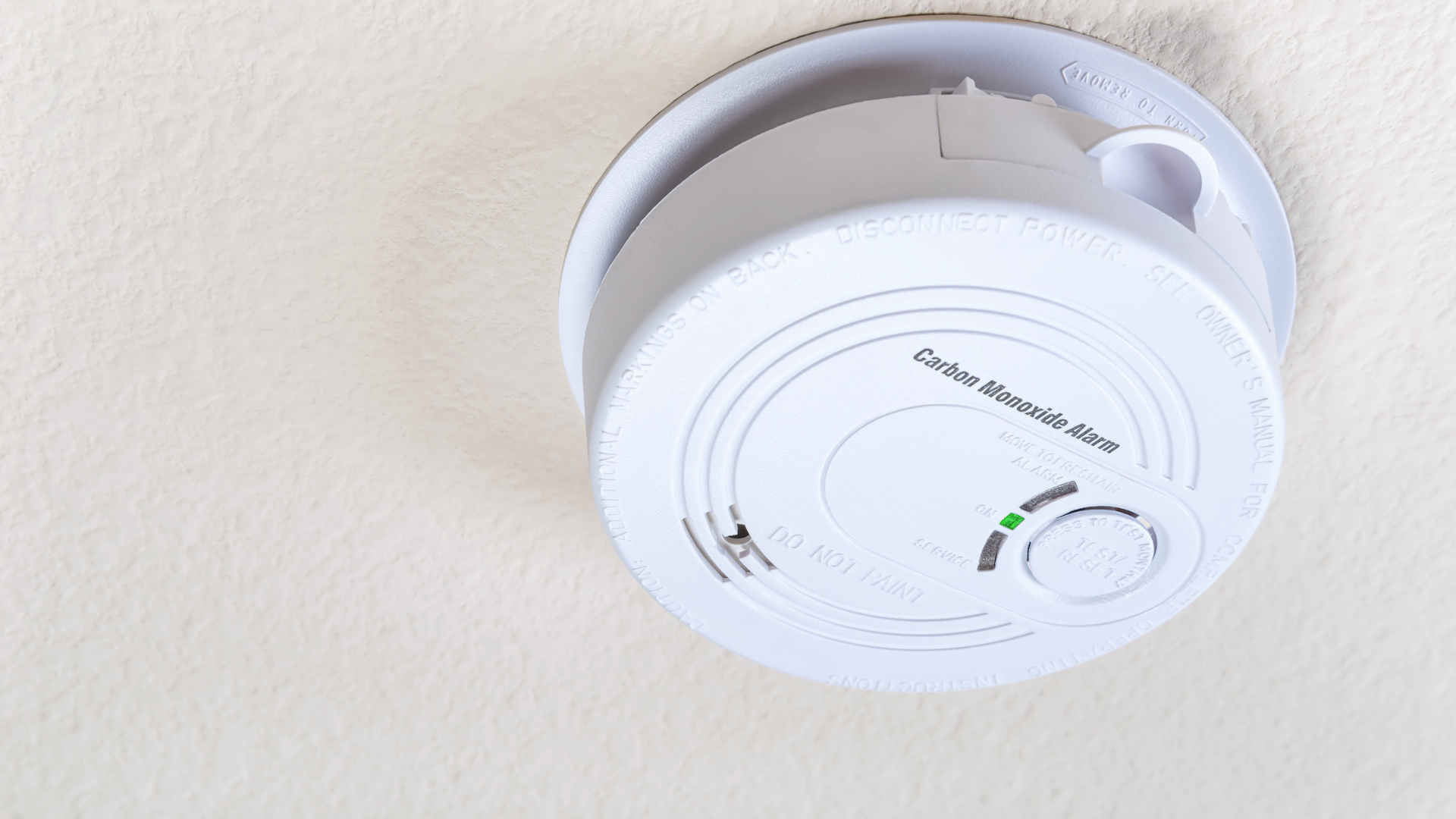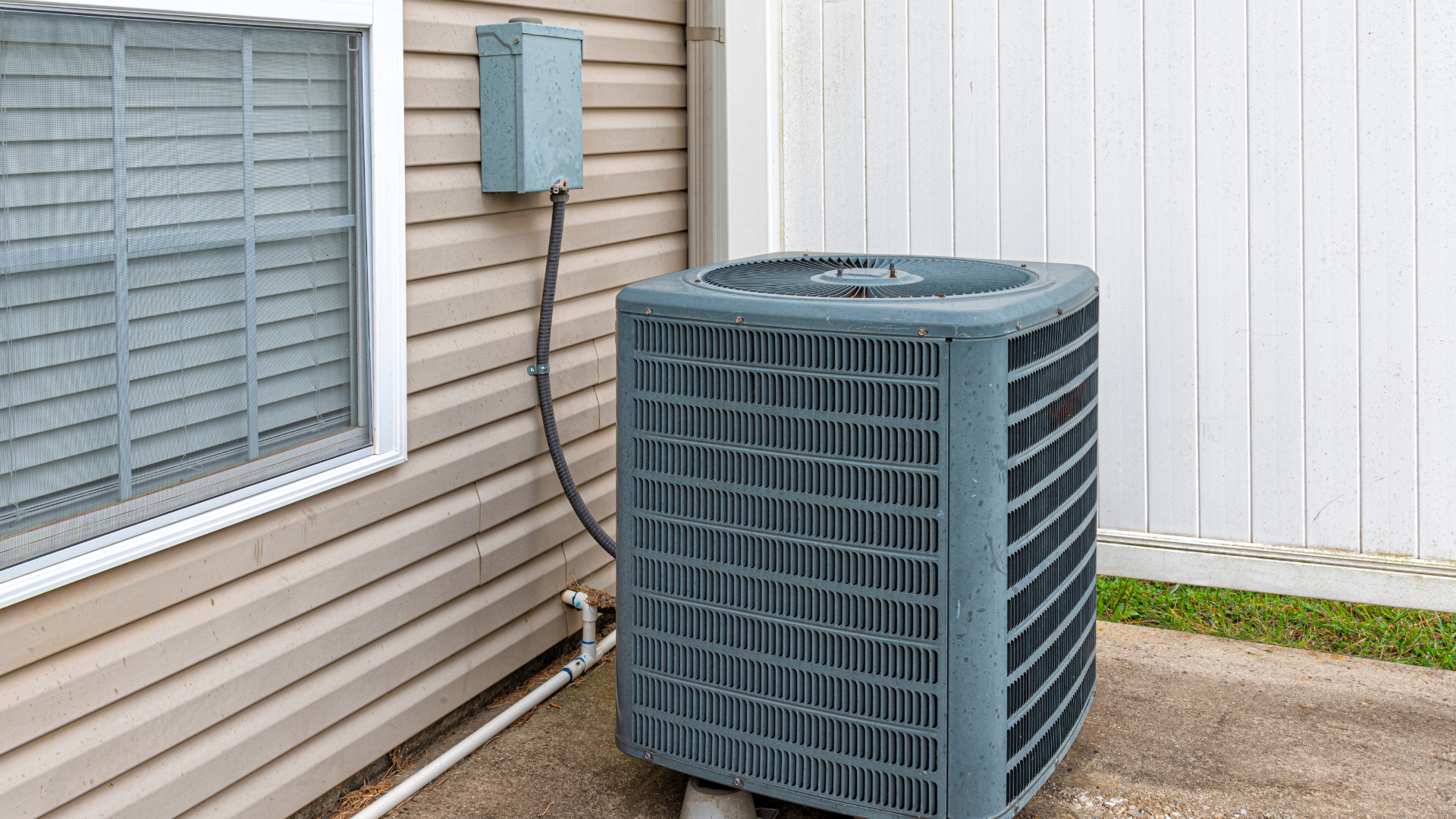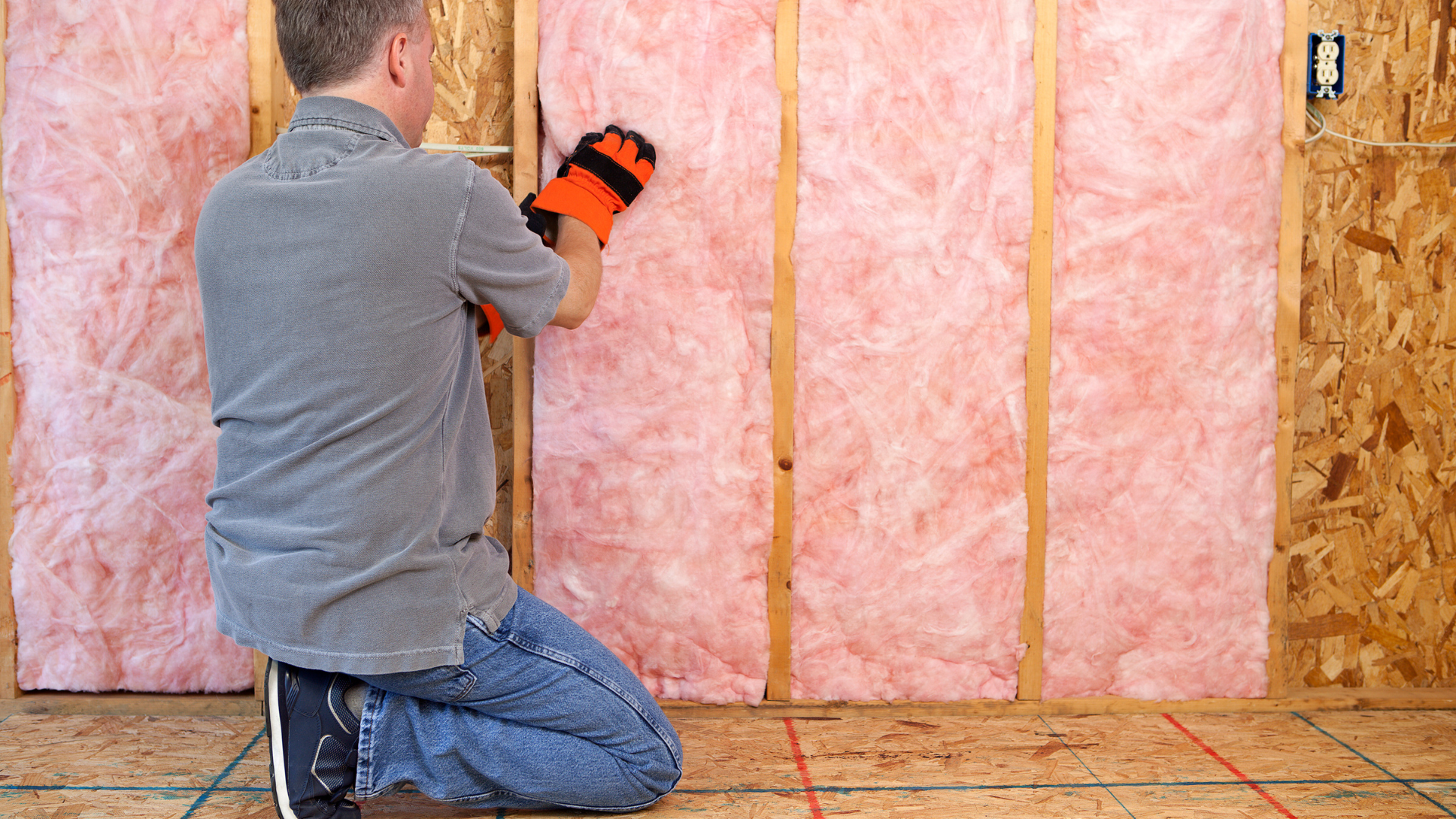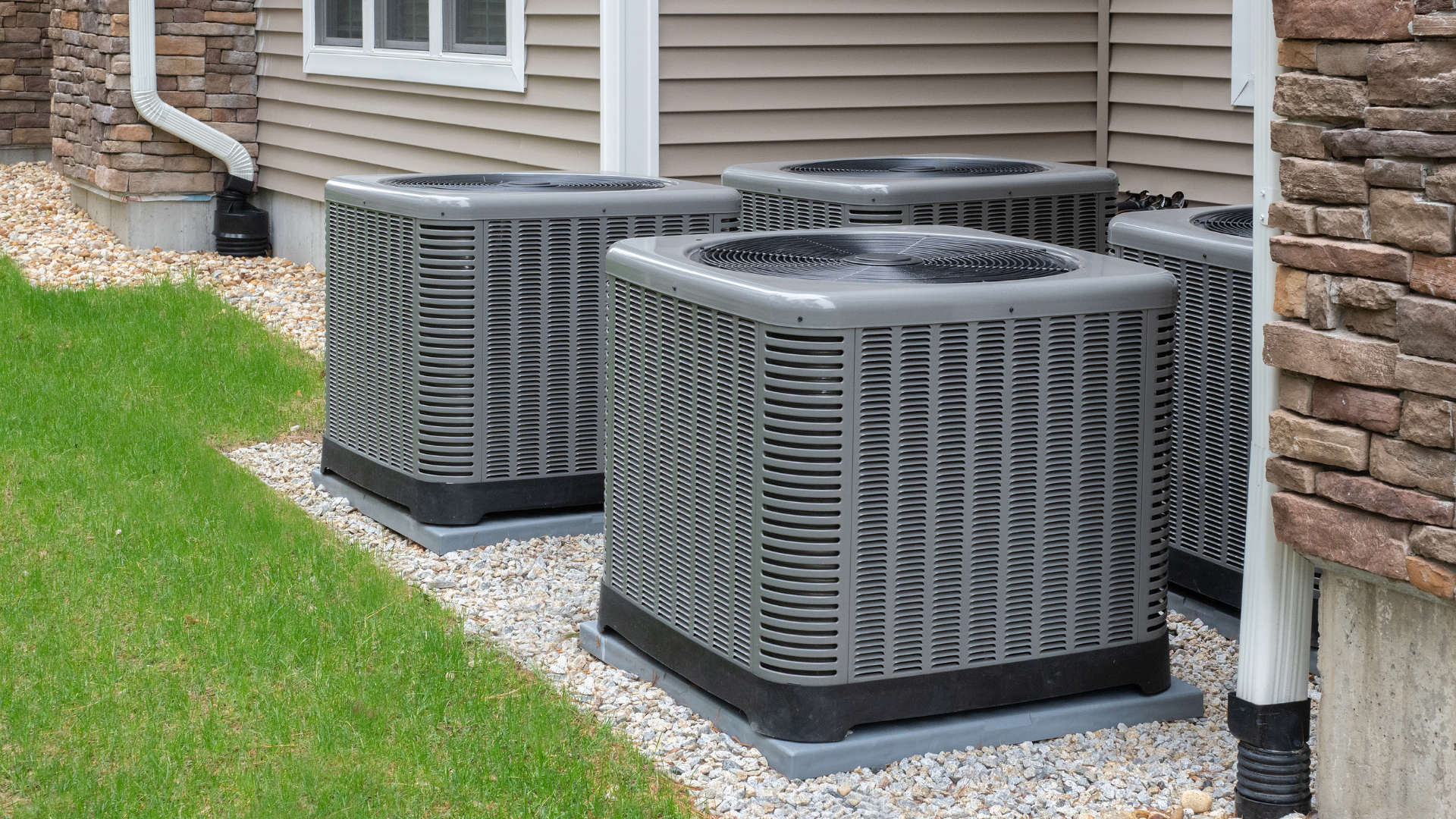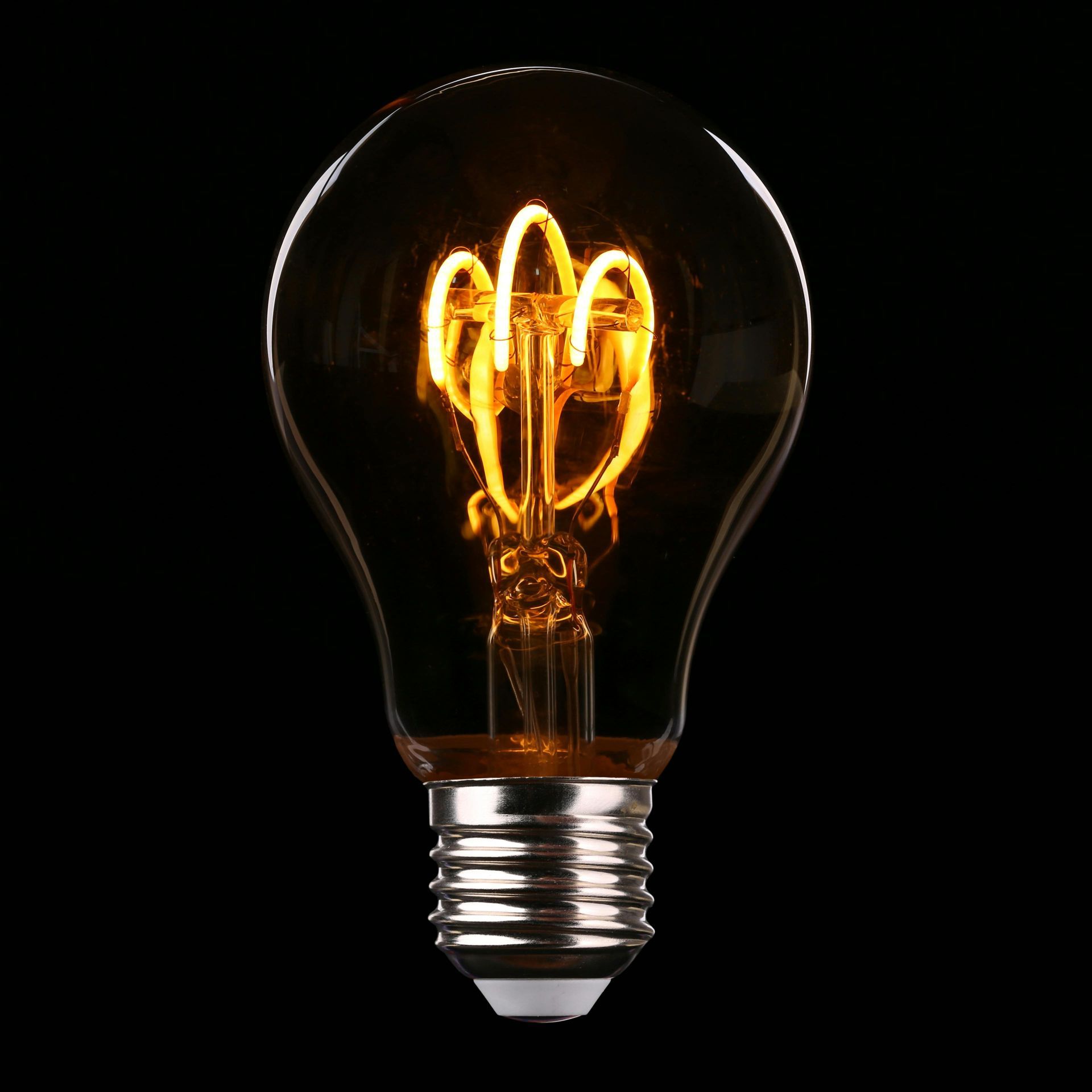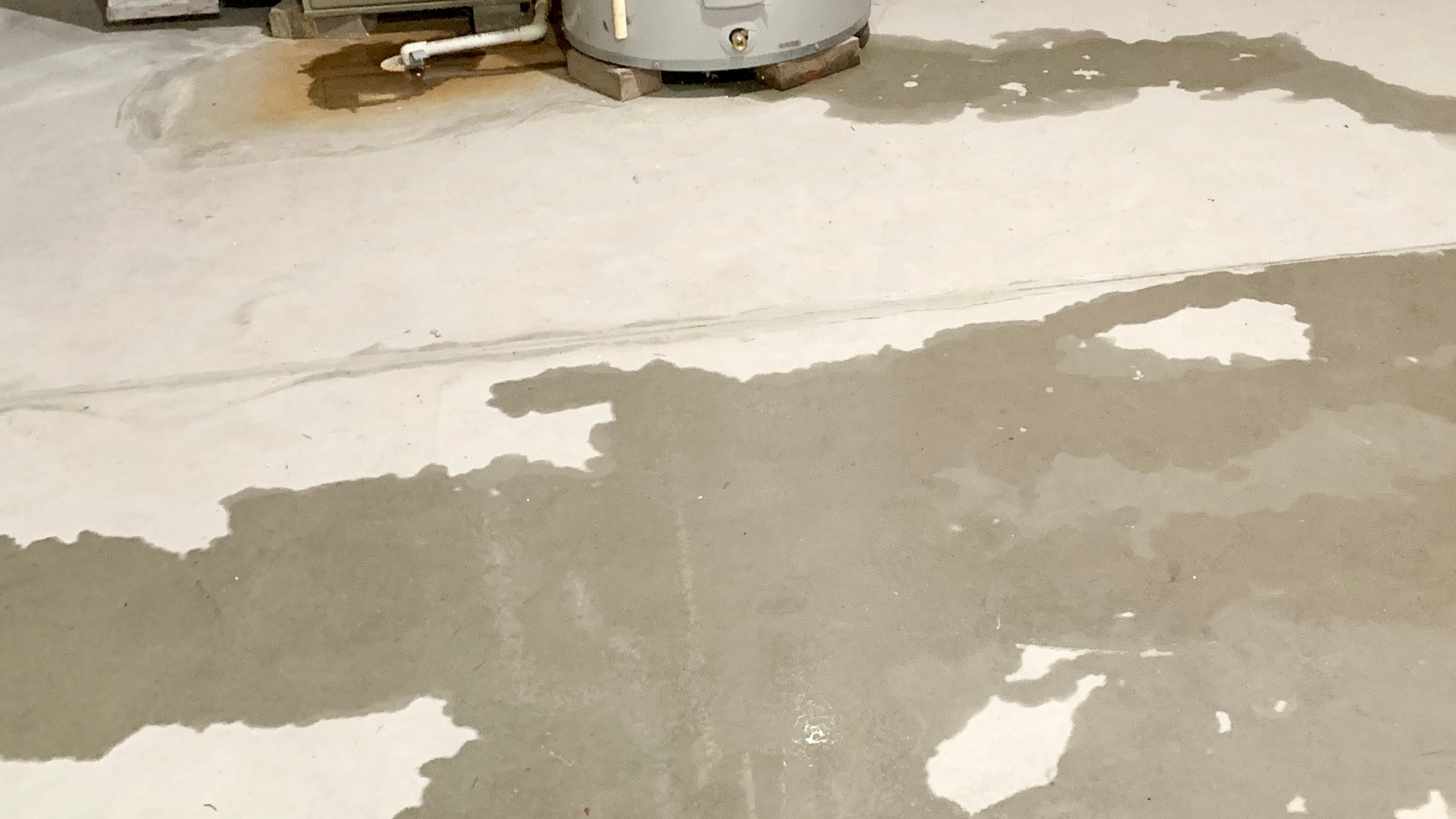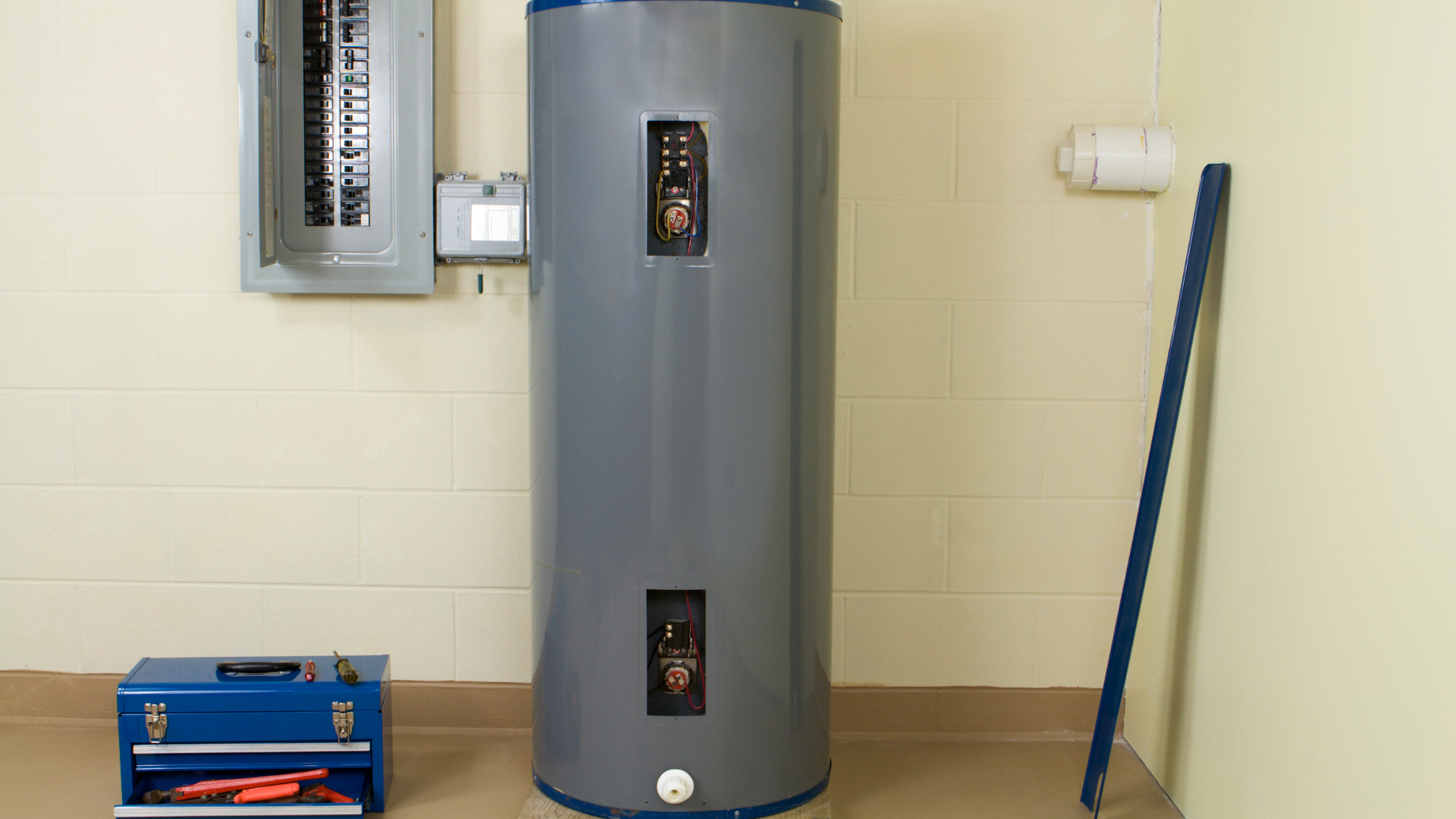The Essential Guide to Whole House Surge Protectors
Protect Your Home: The Essential Guide to Whole House Surge Protectors

In today's world, our homes are packed with sensitive electronics—from our smart TVs and computers to our refrigerators and HVAC systems. While we often think about individual surge protectors for our most valuable gadgets, a whole house surge protector offers a comprehensive shield against electrical surges that can wreak havoc on your entire home.
What is a Whole House Surge Protector?
A whole house surge protector, also known as a service entrance surge protector, is a device installed at your home's electrical service entrance, typically at the main electrical panel. Unlike the power strips you plug into an outlet, this device protects all appliances and electronics connected to your home's electrical system from voltage spikes.
How Does It Work?
Imagine your home's electrical system as a highway. Electricity flows smoothly, but sometimes there's a sudden, powerful jolt—a surge—that's like a massive truck suddenly appearing on the road. This surge can damage anything in its path.
A whole house surge protector acts like a safety valve for your electrical system. When it detects an excess of voltage (a surge), it diverts that extra electricity away from your home's wiring and into the ground, preventing it from reaching and damaging your appliances. It essentially sacrifices itself to protect your electronics, often resetting itself after a minor surge or needing replacement after a major one.
The Benefits of Having One
Investing in a whole house surge protector offers numerous advantages:
- Comprehensive Protection: This is the most significant benefit. Instead of protecting just a few devices, a whole house unit safeguards every appliance and electronic item plugged into your home's electrical system. This includes expensive items like your refrigerator, washing machine, oven, and HVAC system, which aren't typically plugged into individual surge protectors.
- Protection from Various Surge Sources: Surges can come from external sources like lightning strikes (even indirect ones) or utility grid fluctuations. They can also originate inside your home from large appliances cycling on and off. A whole house protector defends against both.
- Extended Appliance Lifespan: Even small, repeated surges can degrade the internal components of electronics over time, shortening their lifespan. A whole house protector helps mitigate this "electronic rust."
- Peace of Mind: Knowing your entire home is protected from unexpected power surges can significantly reduce worry and potential repair or replacement costs.
- Potential Insurance Benefits: Some insurance companies may offer discounts or have specific coverage related to surge protection, so it's worth checking with your provider.
The Risks of Not Having One
Without a whole house surge protector, your home and everything in it are vulnerable to the damaging effects of electrical surges:
- Damaged or Destroyed Electronics: This is the most immediate risk. A strong surge can instantly fry circuit boards, render appliances inoperable, and destroy sensitive data on computers.
- Appliance Failure and Shortened Lifespan: Even if an appliance isn't immediately destroyed, repeated smaller surges can cause cumulative damage, leading to premature failure and costly repairs or replacements.
- Fire Hazard: In extreme cases, a powerful surge can overload wiring and electrical components, potentially leading to electrical fires.
- Loss of Data: For home offices or smart homes, a surge can result in the loss of unsaved work or damage to smart home hubs and devices, disrupting your connected living.
- Costly Repairs and Replacements: The cost of replacing multiple damaged appliances and electronics can quickly add up, far exceeding the cost of a whole house surge protector.
Cost Expectations for Installation
The cost of installing a whole house surge protector can vary depending on several factors, including the type of protector, the complexity of your home's electrical system, and labor rates in your area.
- Device Cost: The surge protector unit itself typically ranges from $100 to $400. Higher-end models may offer more robust protection (higher joule ratings) and additional features.
- Installation Cost: Professional installation is highly recommended, as it involves working with your main electrical panel. Electrician labor costs can range from $150 to $500, depending on your location and the specific electrician's rates.
- Total Expected Cost: You can generally expect to pay anywhere from $250 to $900 for the unit and professional installation.
While this might seem like an upfront investment, consider it an insurance policy for all your valuable electronics and appliances. The cost of replacing a single major appliance, let alone several, can easily outweigh the cost of surge protection.
Protect your home and your peace of mind. A whole house surge protector is a smart investment for any homeowner in our increasingly connected world.
Click Another Article to Read More

